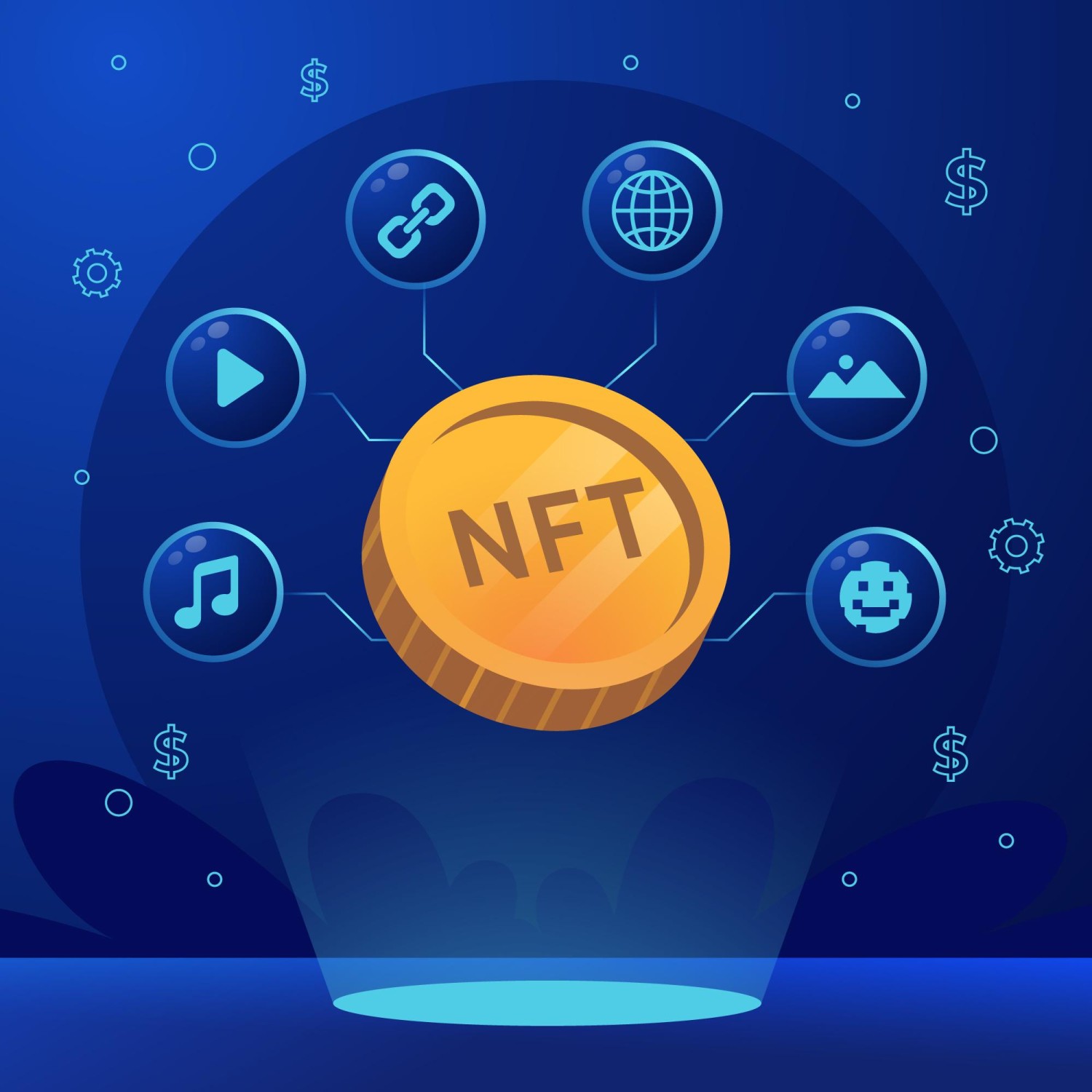With millions staying at home at the peak of the pandemic, analysts observed a different trend in the consumption of digital content: 80 percent of people admitted that they consumed more online content since the beginning of the COVID-19 outbreak than in the previous years. Amongst the content that recorded dramatic engagement during the pandemic, videos ranked top as the most consumed of all digital content. This change in consumer behavior is not surprising, given that people had to survive the boredom accustomed to isolation and social distancing by every means necessary. And obviously, it is a change that has come to stay, owing to the fact that it is believed that the demand for video content will increase from 2021 to 2026. As people rely more heavily on video content as their favorite medium to be educated, validated, and entertained, individuals and organizations have leveraged this interesting shift to growing their influence and revenue. Furthermore, non-marketers and business corporations who produce quality videos that appeal to a wide audience across different social media platforms, inadvertently showcase their brand’s genuineness and dependability. Consequently, their customer base experiences gigantic, steady leaps.
The Essentials of An Engaging Video
Making high quality videos no longer cost an arm or a leg in most cases. These days, videos produced with an iPhone or any smartphone will likely attract millions people if three essentials come into play:
A. Target a specific audience
Gone are the days when we assume that as long as anybody can stumble on a video online, then the mission of creating the video has been accomplished. Nowadays, you must pinpoint a particular set of consumers who the video is intended for, from the planning stage. This can be achieved by outlining the consumers’ demographics and analyzing their behavior and interests to understand their expectations. Thus, you will be guided on the type of video content the users appreciate and its presentation. Tools such as website analytics, social media analytics, surveys, and even simple keyword research on Google prove helpful in obtaining the information you need to produce consumer-targeted videos.
B. Coherent, cohesive, and clear
Irrespective of the brand, any video produced in an orderly, connected fashion keeps people watching till the end. If in addition, the message being conveyed is comprehended by a majority of the viewers, it won’t take magic to convert them into buying customers. It makes great sense to develop and stick to a style of beginning and ending your video which consumers will come to know your brand for. Also, every segment of your content has to smoothly transit into an integrated whole with a clear message not lost to the viewers. The audio quality of your video has to stay audible, and if possible, incorporate subtitles for muted viewing.
C. Tell a compelling story
Humans live for stories. Literally. That’s the reason why gossiping and tabloids can’t go into extinction. Marketing a boring product such as a hammer isn’t enough to excuse for saturating people’s online space with passionless and uninspiring videos; unless you are gunning for a huge financial deficit. Your video should revolve around a story that ultimately empowers your target consumers, and helps them see the benefits of the product or service when they patronize you. If you can, float an opinion that could spark conversations about the role of your brand in upholding or disrupting a status quo, as the case may be. Then, never forget to present the hero of your brand or product’s video, whose strengths, opportunities, and weaknesses are quite relatable with your target consumers. Keep the energy of the story high all through the video, such that the audience will be glued to the screen to the end.
So, what type of video accelerated engagement during the pandemic? Considering the variety of video content that many people watched during the COVID-19 outbreak, it wasn’t easy selecting only three. These selections were based on the writer’s choice of the most educative and impactful videos between March and May 2020, at the peak of the global lock-down.
1. Educational Videos
Educational videos contain instructional and informative materials on a particular topic(s). The chief aim of a video for educational purposes is to communicate to an audience, what they need to understand about key concepts to facilitate behavioral and attitudinal changes. An engaging educational video isn’t only concerned about engaging students and teaching for remembrance, but desires for viewers’ thinking, decision-making, and problem-solving skills to be enhanced, alongside their creative abilities. “Building the Perfect Squirrel Proof Bird Feeder” is one of such educational videos that capture viewers for their originality and problem-solving prowess. Created by a former NASA engineer, Mark Rober, “Building the Perfect Squirrel Proof Bird Feeder” has amassed a whopping 71.3 million views and 92,000 comments (at the time of this writeup), since it was published on YouTube on May 24, 2020. In just two days after being uploaded, the video had 10 million views. Mark’s bird feeder video stands out for its animated narration and comedic spice (you’ll see determined squirrels dangling from a height with their furry behinds popping into the camera). In addition, the character development of the video – revolving around stealing squirrels and Mark’s bid to stop them by building an obstacle course, is top-notch. He gave life to an otherwise boring mechanical engineering video, and you can’t help but think that you were watching a ninja action movie, involving a group of smart animals and an intelligent human.
Tip: Keep your educational video lively with subtle background music and your enthusiastic voice. Be sure to fully develop your topic to have enough information to share. Finally, let your video be solving a need.
2. Promotional Videos
Shortened as a promo video, it is utilized as a marketing tool in creating awareness on a brand, an event, a product, or a service. Good promotional videos don’t strive to be sales to the viewer, even though the goal of the video is to sell, drive traffic to a website, and increase customer engagement. Rather, it relates with the user on a personal level, speaking to their human desires and problems, and leaves them with vital information which they will always remember the brand or business for. Nike’s "Never Too Far Down You Can’t Stop Us" film stands out as a relatable promotional video that captivates viewers’ hearts, and subsequently, their pockets. Produced on May 23, 2020, and narrated by LeBron James, the 1.31 minutes long video encapsulated the power of determination and tenacity attributed to distinguished sportspersons. Even though it is an ad, the video contains much-needed inspiring words and phrases that uplift and empower people during the pandemic. “But it’s when we’re given no chance that we somehow found that last bit of strength to keep fighting”, and “We came back when we should have been long forgotten” were lines in between the video that captured Nikes' audience. “Too Far Down, You Can’t Stop Us” has been viewed 118 million times and has 41,000 likes. Nike certainly leveraged the power of human connection to drive its brands' strength and increase sales amidst the global lockdown.
Tip: Your promotional video should target human emotions, and have an empowering message external to outright sales pitching.
3. Challenge Videos
Typically, challenge videos trend for their hashtag and the scope of the challenge. There are hundreds of individuals and organizations that upped their popularity during the COVID-19 social distancing period, through challenge videos on Instagram, TikTok, Twitter, etc. The World Health Organization’s Safe Hands challenge was an enlightening campaign that quickly went viral, after it was initiated in the wake of the global lock-down on March 13, 2020. People around the world took part in the challenge by uploading and sharing their hand-washing videos on different social media platforms. In essence, the #Safehands challenge was to educate individuals on staying safe from coronavirus, by correctly and thoroughly washing their hands for 40 seconds. By March 24, 2020, TikTok had partnered with the WHO to further spread the campaign to Gen Zs with the hashtag, #safehandschallenge. Within 48 hours of that partnership, the #safehandschallenge was massively welcomed and used as a TikTok hashtag, 1.7 billion times. Its public-health benefit aside, the #thesafehands challenge fostered a sense of community between celebrities and non-celebrities, many seeing their favorite superstars goofing away, all dressed down and on plain faces while washing their hands.
Tip: An engaging challenge video should be fun to do, and encourage widespread participation.

